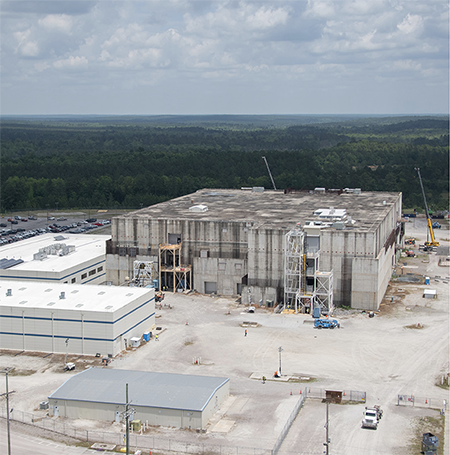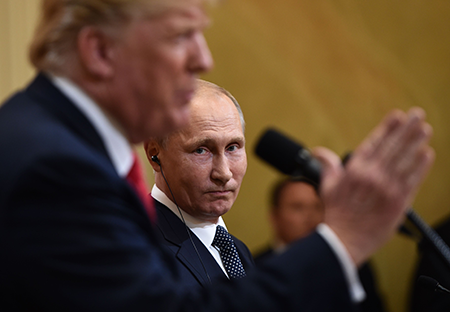2025 Board of Directors Election
All members of the Arms Control Association are invited to vote for the Board of Directors online or by mail on the proposed slate of candidates for the 2025-2027 term. The slate of candidates for the 2025-2027 term are listed below and include six current board members who have agreed to continue to serve, one returning member, and one new member.
Please see below the biographies of this year's candidates and the ballot. Cast your vote by April 15, 2025. Please note that if you also vote by returning the ballot you have received by postal mail, your vote will only be counted once.
If you have any questions about this year's board election, please contact Kathy Crandall Robinson, Chief Operating Officer, at at [email protected] or 202-463-8270 ext 101.
Board Candidate Bios
Candidates Running for Reelection:

Deborah C. Gordon has been on the board of directors since 2016. She is an Affiliate at the Center for International Security and Cooperation at Stanford University from which she retired in August 2019 after 22 years as the Executive Director of the Preventive Defense Project and is currently an independent consultant providing consulting services to several small technology companies.

Victoria Holt has served on the board of directors since 2022. She was the Deputy Assistant Secretary of State for International Security in the Bureau of International Organization Affairs at the U.S. Department of State and is currently the Norman E. McCulloch Jr. Director of the John Sloan Dickey Center for International Understanding at Dartmouth University.

Angela Kane has served on ACA’s board of directors since 2019. She is a former United Nations High Representative for Disarmament Affairs and is currently a Senior Fellow for the Vienna Center for Disarmament and Nonproliferation.

Maryann Cusimano Love has served on the board of directors since 2019. She is currently a tenured Associate Professor of International Relations in the Politics Department of the Catholic University of America. She is also a member of the Core Group for the Department of State’s working group on Religion and Foreign Policy, charged with making recommendations to the Secretary of State and the Federal Advisory Commission on how the U.S. government can better engage with civil society and religious actors in foreign policy.

Jayita Sarkar has served on the board of directors since 2022. She was a professor of Global History of Inequalities at the University of Glasgow’s School of Social and Political Sciences in Scotland, United Kingdom and is currently the British Academy Global Innovation Fellow for 2024-25 at the Nuclear Policy Program at the Carnegie Endowment for International Peace.

Christine Wing has been on the board of directors since 2007 and was a former Ford Foundation program officer for intl. peace and security and a former Senior Research Fellow at the Center on Intl. Cooperation, NYU. She is currently an independent consultant.
Returning Candidates for Reelection:

Bonnie Jenkins is currently a faculty member at George Washington University and is the former Undersecretary of State for Arms Control and Intl. Security. She founded Women of Color Advancing Peace and Security (WCAPS) and was recognized in 2020 as the Arms Control Person of the Year. Prior to her nomination to serve as Undersecretary of State, she served on the ACA Board of Directors.
New Candidates:

Stephen Warnke has over 30 years of health care legal experience and service on several non-for-profit boards of directors. He recently retired from the law firm of Ropes & Gray LLP, practicing in its New York office. His clients included not-for profit teaching hospitals and medical schools, managed care organizations, investor-owned health care and pharmaceutical companies, and community-based providers of health, mental health, and social services. Over the course of his career, he served as a policy advisor in the New York City government, and was the founding chair of FAIR Health, a national nonprofit created to bring greater transparency to health care costs and health insurance information.



